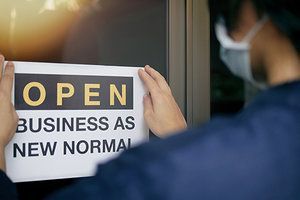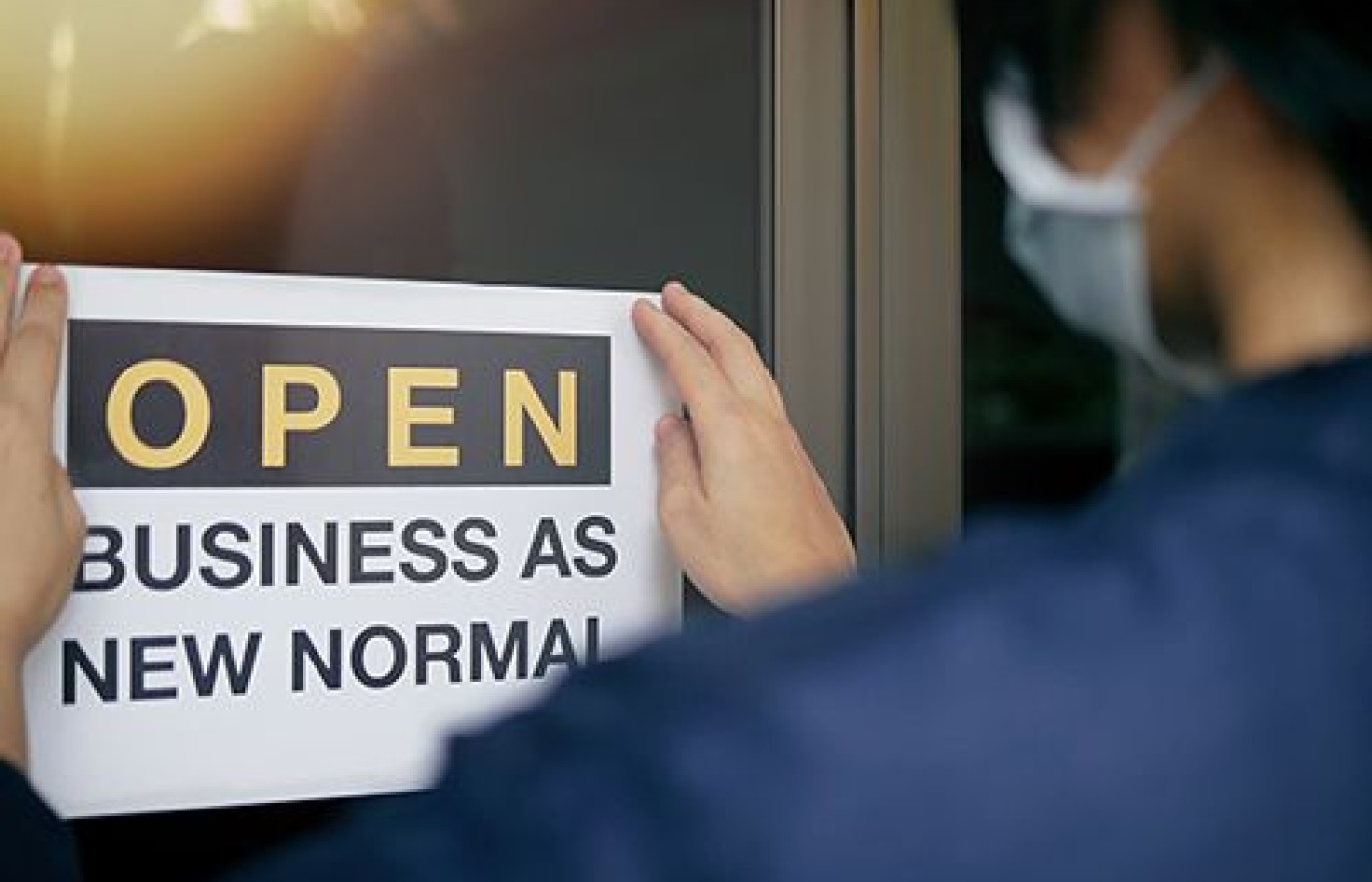Whether you accept it, avoid it or live somewhere in between, insurance coverage has become a defining issue for our profession. Patients increasingly expect to use their benefits, practitioners want to be compensated fairly for their time and expertise, and the system itself remains – at best – fragmented. The encouraging news is that coverage has expanded in meaningful ways. The challenging news is that reimbursement, across the board, remains inadequate.
Acupuncture Rebounds as Restrictions Ease
Acupuncturists are opening their practices again in dramatic numbers following months of stay-at-home orders in response to the COVID-19 pandemic. This is encouraging in light of the fact that the profession has been so heavily impacted; particularly because California and New York, the two most populous states in terms of acupuncturists, enacted sweeping restrictions early on.
According to surveys conducted by Acupuncture Today in early April and again in early June, 69 percent of acupuncturists are currently practicing, up from a low of 24 percent in early April. This increase is seen for practitioners whose offices are open regular hours (16 percent, up from 5 percent in early April) and those who are open limited hours (53 percent, up from 19 percent).
The second survey also found 42 percent of practitioners are seeing at least half of their pre-pandemic patient volume, with 7 percent seeing almost all of their previous volume, 11 percent seeing around three-quarters and 24 percent seeing about half .

As of early June, 60 percent are still consulting with patients remotely, up slightly from 58 percent in April. (It will be interesting to see if telemedicine continues to be offered to patients as an option as part of the "new normal" in health care.)
Survey respondents were divided by years in practice and practice community to determine if either of these factors is related to an acupuncturist's clinic being open or seeing at least half of their pre-pandemic patient volume. According to the surveys, there is only a small difference between years in practice, with a greater percentage of newer acupuncturists open. Practicing in a suburban community is associated with a greater likelihood of acupuncturists being open (71 percent), as well as a greater likelihood of seeing at least half of their pre-pandemic patient visit volume (48 percent).



